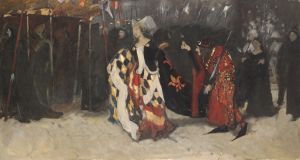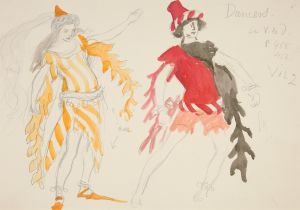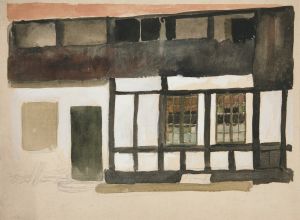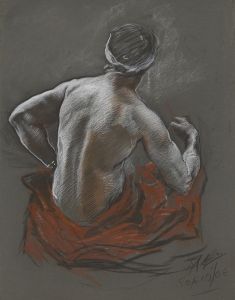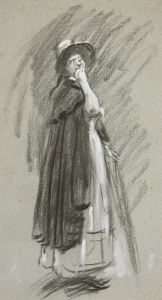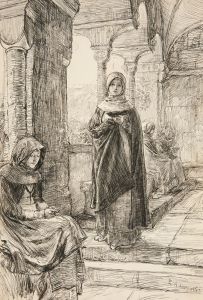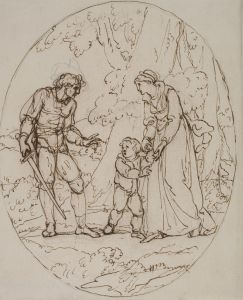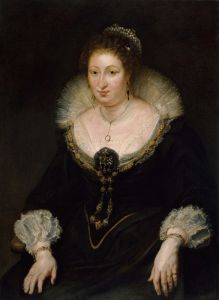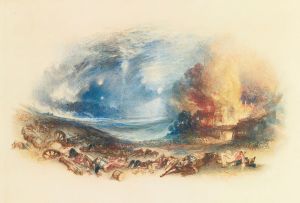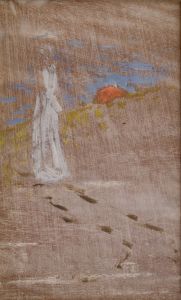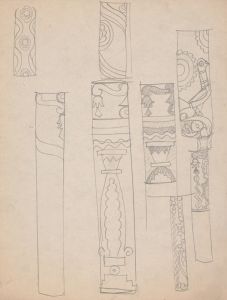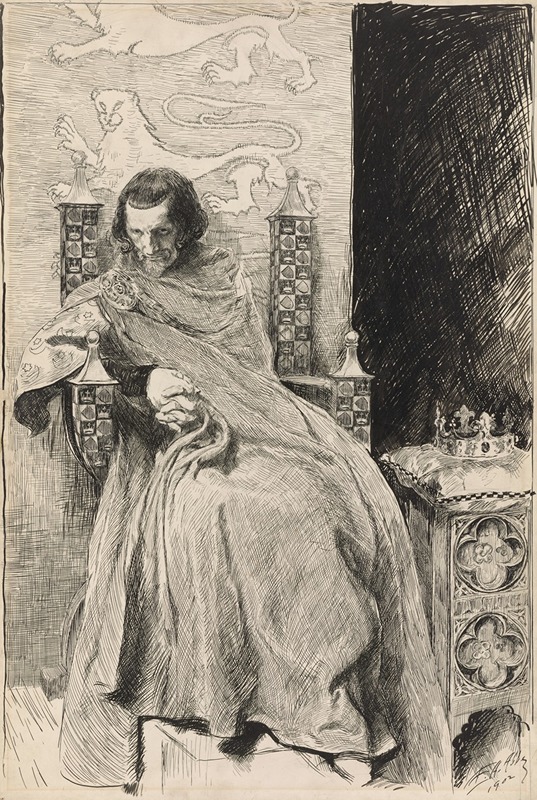
Sketch for King John, from King John
A hand-painted replica of Edwin Austin Abbey’s masterpiece Sketch for King John, from King John, meticulously crafted by professional artists to capture the true essence of the original. Each piece is created with museum-quality canvas and rare mineral pigments, carefully painted by experienced artists with delicate brushstrokes and rich, layered colors to perfectly recreate the texture of the original artwork. Unlike machine-printed reproductions, this hand-painted version brings the painting to life, infused with the artist’s emotions and skill in every stroke. Whether for personal collection or home decoration, it instantly elevates the artistic atmosphere of any space.
Edwin Austin Abbey was an American artist renowned for his paintings, illustrations, and murals, often drawing inspiration from literature and history. One of his notable works is the "Sketch for King John," which is part of his larger body of work related to the play "King John" by William Shakespeare. Abbey's interest in Shakespearean themes was a significant aspect of his career, and he dedicated much of his artistic endeavors to bringing these classic stories to life through his art.
"Sketch for King John" is a preparatory work that Abbey created as part of his exploration of Shakespeare's play, "King John." This play, written in the late 16th century, dramatizes the reign of King John of England, focusing on themes of power, legitimacy, and political intrigue. Abbey's sketch captures the essence of these themes by portraying key moments and characters from the play.
Abbey's approach to creating sketches was meticulous and detailed. He often conducted extensive research to ensure historical accuracy in his depictions, studying costumes, architecture, and artifacts from the period. This dedication to authenticity is evident in "Sketch for King John," where Abbey's attention to detail helps convey the historical context and emotional depth of the play.
The sketch likely served as a preliminary study for a larger, more finished work, allowing Abbey to experiment with composition, lighting, and character placement. Such sketches were an integral part of Abbey's creative process, enabling him to refine his ideas and visualize the final piece more clearly. While the sketch itself may not have the polish of a completed painting, it provides valuable insight into Abbey's artistic process and his interpretation of Shakespeare's work.
Abbey's fascination with Shakespeare extended beyond "King John." Throughout his career, he produced numerous illustrations and paintings based on other Shakespearean plays, including "Hamlet," "Macbeth," and "The Tempest." His work contributed to the popularization of Shakespeare's plays in the visual arts, making them more accessible to audiences who might not have experienced them on stage.
In addition to his work on Shakespearean themes, Abbey was a prominent figure in the American art scene during the late 19th and early 20th centuries. He was associated with the American expatriate community in England and was a member of the Royal Academy of Arts. His contributions to art were recognized with numerous accolades, and his works continue to be celebrated for their historical accuracy and artistic merit.
"Sketch for King John" exemplifies Abbey's skill in capturing the drama and complexity of historical and literary subjects. While it may not be as widely known as some of his other works, it remains an important part of his artistic legacy, reflecting his dedication to bringing the stories of the past to life through his art. Abbey's ability to blend historical detail with artistic expression ensures that his work continues to resonate with audiences today, offering a window into the world of Shakespeare and the rich tapestry of history that inspired him.





